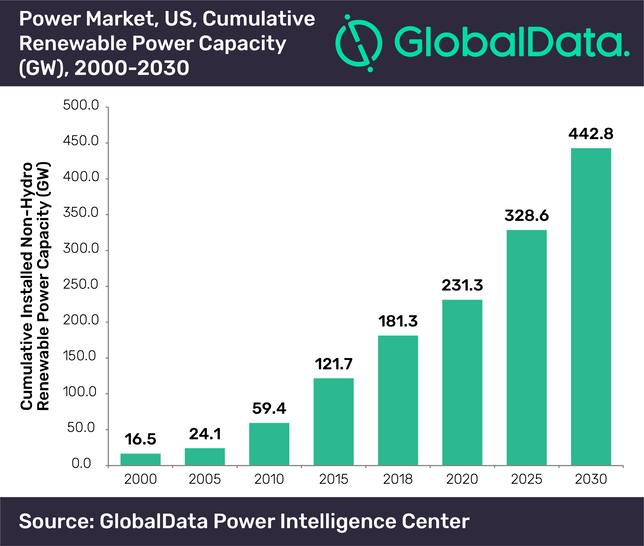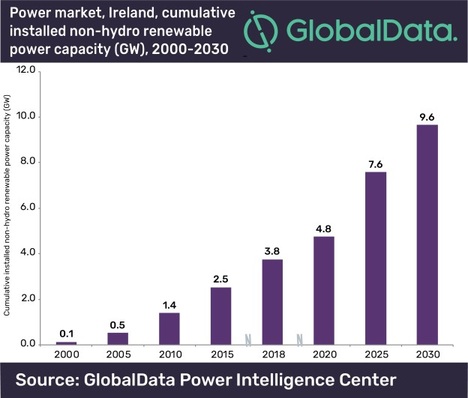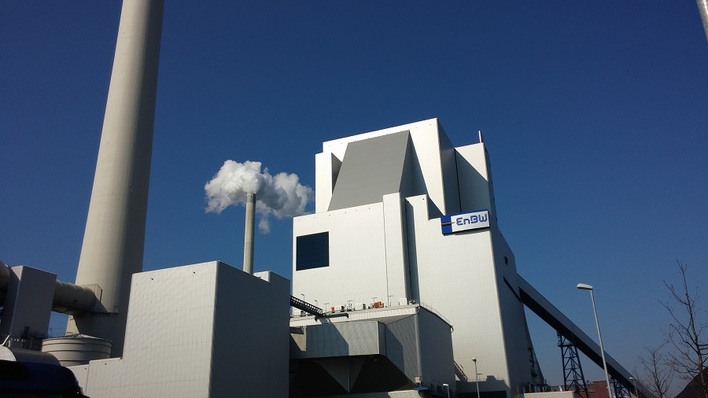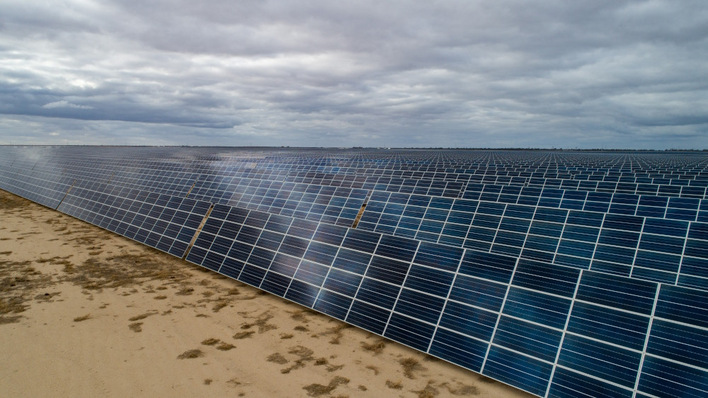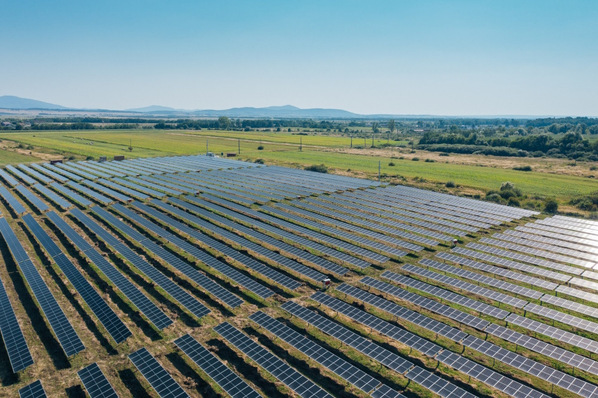Representing a compound annual growth rate (CAGR) of 7.3 per cent, this projection can be attributed to more US states adopting and updating renewable energy policies, as well as imposed emission taxes increasing the cost of fossil fuel-based power generation, according to GlobalData, a leading data and analytics company.
Energy utilities in the US are also in favour of switching to renewable power as they must comply with the state renewable energy targets. GlobalData's latest report, ‘US Power Market Outlook to 2030, Update 2019 – Market Trends, Regulations and Competitive Landscape’, reveals that the share of coal-based capacity will decline from 27.2 per cent in 2018 to 13.5 per cent in 2030 as it is replaced by renewable energy, storage projects and stable gas-based generation in the near future.
Opening new markets for wind and solar
Arkapal Sil, Power Industry Analyst at GlobalData, comments: “During 2019-2030, offshore wind capacity is set to see the largest growth rate among renewables reaching 11.7 gigawatts, up from 60 megawatt at a CAGR of 62 per cent, while solar photovoltaic capacity is expected to reach 220 gigawatts, up from 75.3 gigawatts, growing at a CAGR 10 per cent.”
The onshore wind segment, which registered a growth of 22 per cent during 2000-2018 (reaching 96.3 gigawatts), will witness a steady growth of 5 per cent over the forecast period to reach 185.5 gigawatts in 2030 and account for 12 per cent of the overall generation mix, compared to 8 per cent in 2018.
Sil adds: “Biopower, geothermal and solar thermal segments are expected to jointly grow at an average CAGR of 3 per cent over the forecast period. Increased renewable capacity addition will open up new markets for wind turbines, modules for solar plants and associated equipment required for transmitting the generated power to the grid.”
Major investment in grid infrastructure
Renewable capacity expansion will necessitate grid modernisation in order to manage a high volume of renewable energy with inherent variability. This, in-turn, will involve major investments in grid infrastructure and open up new markets for energy storage systems to enable a steady supply of power when adequate renewable energy is unavailable. GlobalData estimates that the battery storage market in the US is expected to reach around US$5 billion by 2030.
Arkapal Sil concludes: “The increased cost of nuclear power due to higher safety standards will result in a slight decline in the nuclear capacity during the forecast period. As a result, gas-based power will dominate the generation mix, accounting for 41 per cent of installed capacity, and catering to the country’s base-load power requirement in 2030.” (mfo)
The videos from the 2019 pv Guided Tours at The smarter E Europe (Intersolar Europe, ees Europe, Power2Drive, EM-Power) in Munich are now online.
For more articles on on the solar market, please click here.
Stay informed, subscribe to our twice-weekly newsletter.

